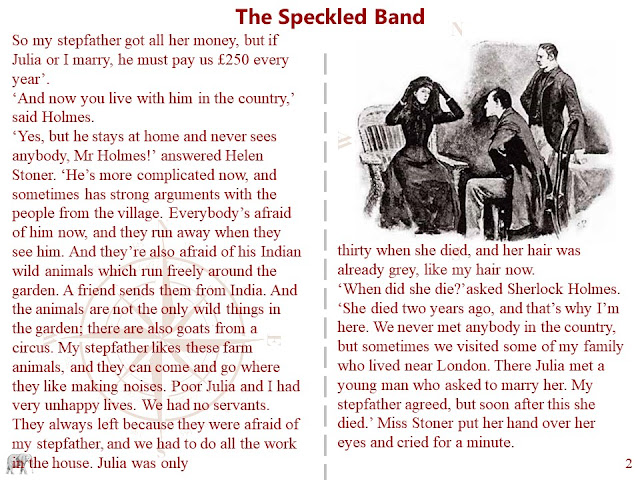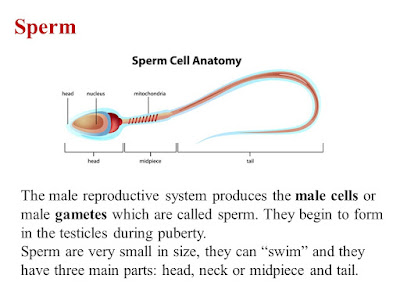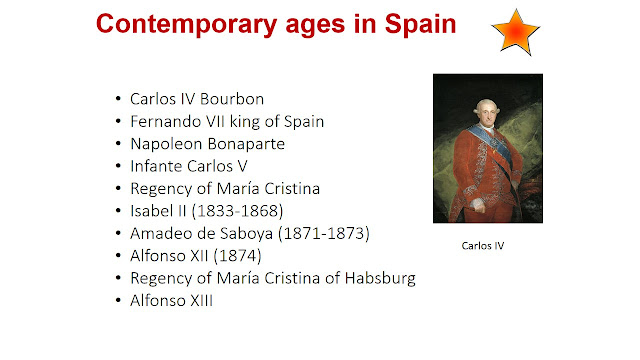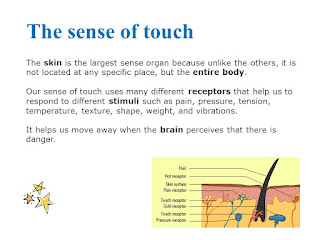The blog where you will learn a lot of science, history and English by Simon Hergueta.
Tuesday 21 December 2021
Fertilization (steps)
Fertilization, simply, is the joining of an ovum and a sperm. It happens inside a woman's reproductive system and is the first step of a pregnancy. It specifically involves the joining of the female reproductive cells (egg or ovum) with the male reproductive cell (sperm).
Make the drawing of the Uterus and the Fallopian tubes, ovaries, etc. and label the five steps and write what happens in each of those steps on your notebook.
Monday 20 December 2021
Spanish History XIX Century (From 1808 to 1833)
When you study history you must focus on concepts, people, events, dates and timelines. Here we are going to see two concepts which are: Constitution and Absolutism.
A Constitution is the most important law in a country.
Sex Cells
Men and women have different reproductive organs as we have seen. A woman's ovaries produce egg cells or ovum, and her uterus can carry a developing baby. A man's testicles produce sperm. Other glands add fluids to the sperm.
The Ovum is the female sex cell or gamete. They cannot move and they are very big compared with a sperm. An Ovum can measure approximately 0,14 mm and we can see it with the human eye. It's the biggest cell in the body.
Here is a video that talks about this:Thursday 16 December 2021
Contemporary Ages (XIX Century)
When we study History we can see the events that happened, the important people and the dates. Make three columns with this information that we will see today.
It is also important to understand certain concepts. For example: What is a Constitution?
Finally, we can read about history, we can make mindmaps and also make timelines.
Wednesday 15 December 2021
Tomorrow class at 11 o'clock
Tomorrow we will have a class at 11 o'clock. I will send you the link on Milton Travellers. So check your milton mail and get in the meeting.
Any question about Maths or Spanish Language, you can contact with Sandra on her blog. You also have a link to her blog permanently on the right part of this page.
We will talk about the following points:
- Social --- What are we going to study?
English --- Exercises and the past continuous.
Natural --- contents
Arts --- you have to finish the house.
How we are going to work during these days.
Here is a video:
Tuesday 30 November 2021
The Nervous System and the Musculoskeletal System
Friday 26 November 2021
European Political Map (Europe Unit 2)
Here are some maps that will help you locating countries and learning their capitals. I have also included some Kahoots to practice. There is anothe post with the relief maps.
 |
| Complete European Political Map |
Here is another political map:
 |
| European Political map |
Here is a map only of the area of the Balkans and Italy.
 |
| Countries around the Adriatic Sea |
 |
| Countries around the Baltic Sea |
The United Kingdom (capital London) has four countries as well: Scotland, England, Wales and Northern Ireland. Ireland is an independent country, its capital is Dublin.
 |
| UK |
 |
| Croatia, capital Zagreb |
Here are all the capitals. Learn them as a game. It's fun!
Kahoot Political Map 1: PLAY HERE
Kahoot Political Map 2: PLAY HERE
European Geography: PLAY HERE
European Mountains: PLAY HERE
European Peninsulas: PLAY HERE
European Islands: PRACTICE HERE
Seas and Oceans: PRACTICE HERE
Thursday 25 November 2021
The Balkan Peninsula (Political Map) Europe Unit 2
The Balkan Peninsula is a large piece of land in southeastern Europe. It is divided into many countries, including Slovenia, Croatia, Bosnia and Herzegovina, Serbia, Kosovo, Montenegro, Macedonia, Moldova, Romania, Bulgaria, Albania, Greece, and the European part of Turkey. Sometimes the region is called the Balkans. The history of the Balkans includes many invasions and wars.
In this post we are going to see the countries that belonged to the old Yugoslavia.
You can draw this countries to understand them better.
Yugoslavia
In 1991 there was a war, that lasted for almost ten years. It was a complicated war due to the cold war and ethnic factors, and Yugoslavia was divided into eight different countries. Albania wasn't member of Yugoslavia that's why in it's a different colour.
Here is a map of the area:
 |
| Map of Yugoslavia |
Here is the actual map:
Leave your comments!!!
Tuesday 23 November 2021
English Review
You can review the English Unit here: PRACTICE HERE
Or introduce this PIN: 03768543
Review the present Perfect with this video:
Here you can practice present perfect.
Gerunds and infinitives:
Review the vocabulary: luggage, ferry, coach, on foot, train, plane, fly, boarding, traffic jam, road sign, travel, drive, car, security, passport, landing, take off, delay, uncle, aunt, flight, railway, motorway, speed limit, airport, tunnel, roadworks, canal, etc.
Don't forget the verb tenses. At the end of your activity book you have a page with the present simple, the past simple and the past participle. You also can find then information in wordreference.
An example of a list of irregular vebs could be this one:
Leave me a comment!!!
Tuesday 16 November 2021
Sense of smell, taste, hearing and touch
The sense of Smell
One important factor to note about our sense of smell is that there has to be some very tiny particles called molecules from whatever we smell.
Think about cooking food or burning a candle, or spraying a perfume: all these release very tiny molecules that our nose can detect.
The sense of Hearing
The sense of touch












































